Reports
-
Sustainable and Responsible Critical Mineral Supply Chains
Guidance for policy makers
Technology report — December 2023
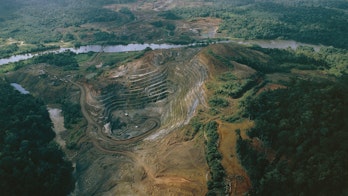
-
The Evolution of Energy Efficiency Policy to Support Clean Energy Transitions
Policy report — December 2023

-
The Imperative of Cutting Methane from Fossil Fuels
An assessment of the benefits for the climate and health
Default report — October 2023
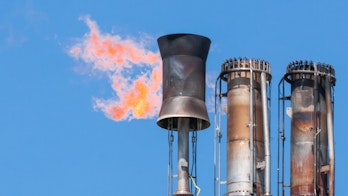
-

Net Zero Roadmap: A Global Pathway to Keep the 1.5 °C Goal in Reach
2023 Update
Flagship report — September 2023
-
Breakthrough Agenda Report 2023
Default report — September 2023

-
Financing Clean Energy in Africa
World Energy Outlook Special Report
Country report — September 2023
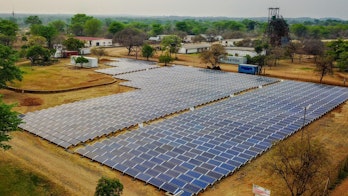
-
Implementing Clean Energy Transitions
Focus on road transport in emerging economies
Country report — August 2023

-
Critical Minerals Market Review 2023
Technology report — July 2023

-
National Climate Resilience Assessment for Egypt
Country report — July 2023
-
National Climate Resilience Assessment for Morocco
Country report — July 2023
-
National Climate Resilience Assessment for Oman
Country report — July 2023
-
The State of Clean Technology Manufacturing
An Energy Technology Perspectives Special Briefing
Default report — May 2023

-
Belgium Climate Resilience Policy Indicator
Country report — May 2023
-
Credible pathways to 1.5°C
Four pillars for action in the 2020s
Default report — April 2023

-
Towards hydrogen definitions based on their emissions intensity
Technology report — April 2023

-
Outlooks for gas markets and investment
Fuel report — April 2023
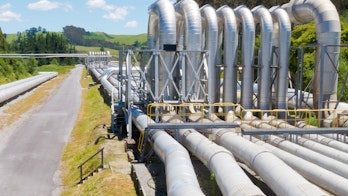
-
ASEAN Renewables Investment: Opportunities and Challenges
A Joint Report by the International Energy Agency and the Centre for Climate Finance & Investment
Default report — March 2023
-
Strategies for Coal Transition in Korea
Country report — March 2023
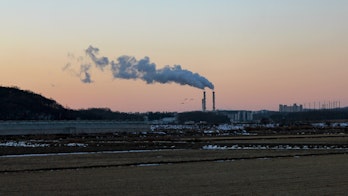
-

CO2 Emissions in 2022
Flagship report — March 2023
-
Global Methane Tracker 2023
Fuel report — February 2023
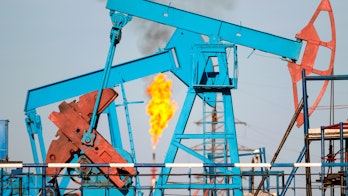
-

Energy Technology Perspectives 2023
Flagship report — January 2023